What to do if my Echo Blower engine runs but the blower doesn't work?
- EericajohnsonAug 2, 2025
If the Echo Blower runs properly but the blower itself doesn't work, is weak, or uneven, try to unclog it and tighten any loose parts.
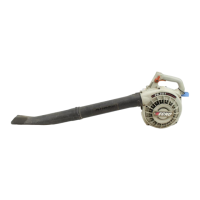
What to do if my Echo Blower engine runs but the blower doesn't work?
If the Echo Blower runs properly but the blower itself doesn't work, is weak, or uneven, try to unclog it and tighten any loose parts.
How to fix no spark at the plug of Echo PB-201 Blower?
If there is no spark at the plug of your Echo Blower, adjust it to 0.65mm (0.026in.), clean or replace components, and replace the plug.
Why is the muffler on my Echo PB-201 wet with fuel?
If the muffler of your Echo Blower is wet with fuel, the fuel mixture might be too rich. Try opening the choke, cleaning or replacing the air filter, and adjusting the carburetor. If the problem persists, consult your ECHO dealer.
| Engine Type | 2-Stroke |
|---|---|
| Displacement | 21.2 cc |
| Air Volume | 453 cfm |
| Air Speed | 165 mph |
| Weight | 8.6 lbs |
| Type | Handheld |
| Fuel Capacity | 13.5 fl oz |
| Fuel Tank Capacity | 13.5 fl oz |
Explains the purpose and content of the operator's manual for safe and effective use.
Defines symbols like WARNING, DANGER, IMPORTANT, and NOTE used for safety and information.
Identifies the location of safety decals on the unit and advises on their legibility.
Illustrates and explains various international symbols found on the equipment.
Lists essential checks before operation, including fasteners, fuel lines, and spark arrestor.
Details critical safety measures for handling, storing, and refueling flammable fuel.
Advises on operating the blower only when physically and mentally fit.
Details essential protective gear including eye, hand, hearing, breathing protection, and clothing for safe operation.
Covers site assessment, hazard identification, and establishing a safety zone around the operator.
Advises on maintaining stability, controlling noise, and avoiding hot surfaces during use.
Discusses potential effects of vibration and cold on fingers and recommended precautions.
Explains risks of RSIs like Carpal Tunnel Syndrome and preventative measures.
Explains California Tier 2 emission standards and engine modification.
Clarifies the Air Index Tag's purpose for comparing product emissions.
Details the 300-hour emission durability period and its maintenance requirements.
Provides step-by-step instructions for attaching the blower pipes and nozzle.
Details the specific types of gasoline and two-stroke oil required and mixing instructions.
Reinforces safety warnings for fuel handling, mixing, and storage procedures.
Provides recommendations for storing fuel, including container type, ventilation, and duration.
Guides the user through the sequence of actions for starting the engine when it is cold.
Provides step-by-step instructions for starting the engine when it is already warm.
Details the correct procedure for safely shutting down the engine.
Covers safe blower operation, including speed settings, usage hours, and debris management.
Classifies maintenance tasks by difficulty and required skill level for DIY assessment.
Outlines recommended maintenance intervals and specific procedures for various components.
Provides detailed instructions for cleaning or replacing the air filter element.
Details the procedure for accessing and replacing the fuel filter.
Guides on inspecting, cleaning or replacing the spark plug and setting the correct gap.
Explains how to clean cylinder fins and intake grills to ensure proper engine cooling.
Describes how to clean cylinder fins for optimal engine cooling airflow.
Details inspection, cleaning, and replacement of the spark arrestor screen.
Highlights the importance of cleaning the exhaust port for maintaining emissions durability.
Specifies the engine break-in period required before performing carburetor adjustments.
Details the procedure for adjusting the idle speed using a tachometer for correct RPM.
Explains how to check and set the high speed RPM according to manufacturer specifications.
Lists common causes and remedies for an engine that cranks but fails to start.
Identifies potential issues and troubleshooting steps when the engine does not crank.
Provides solutions for common issues when the engine runs but performs poorly or weakly.
Outlines the necessary maintenance steps for storing the unit for periods exceeding 30 days.
Informs about obtaining genuine parts, authorized service dealers, and customer support.
Explains warranty registration process and methods for obtaining replacement manuals.
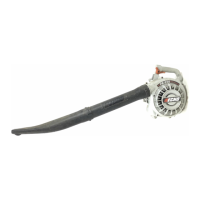







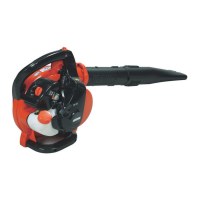
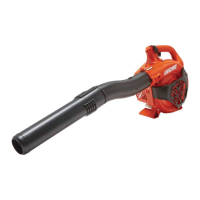
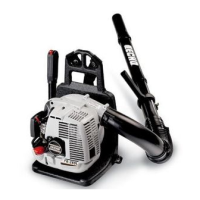

